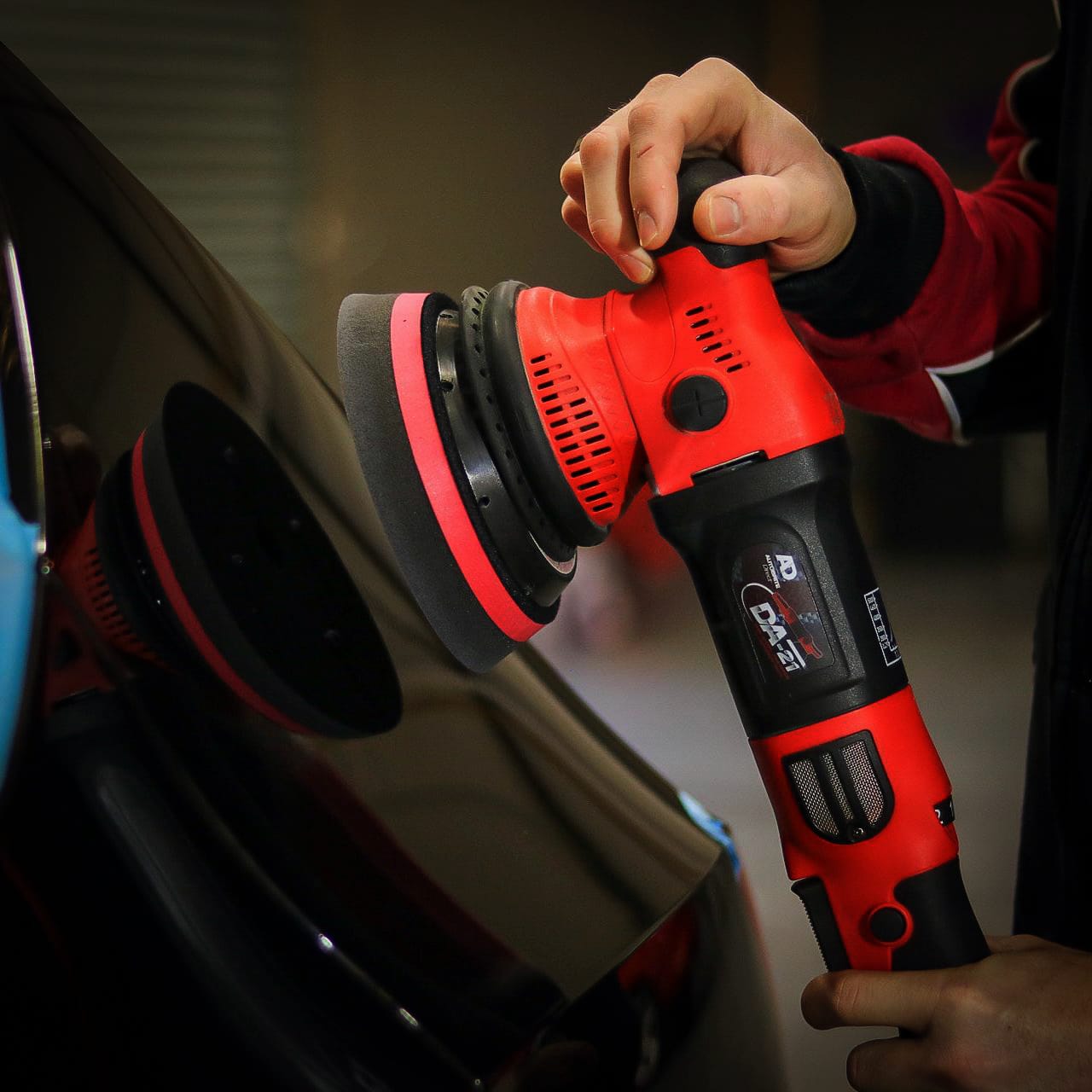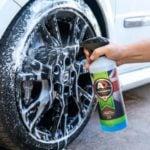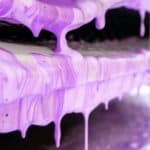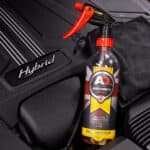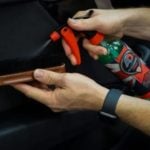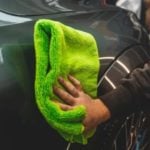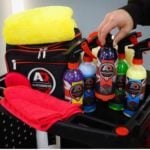How To Polish Your Car
As one of the most misunderstood steps of car detailing, polishing is often confused with waxing. While car wax and car polish may seem like similar products, they both have a very different role to play when it comes to keeping vehicles looking pristine. Car polish can help to sort out defects in the paint such as scratches, dulling, swirl marks, and oxidation, whereas car wax helps protect from these things. Polishing is abrasive and removes a small amount of clear coat, which helps to eliminate blemishes and boost shine. Here’s how to do it correctly.
Pre Polish Checks
Before you start with car polish, you need to ensure the paint on the vehicle is as clean as possible. We recommend starting with a prewash snow foam, moving onto a car shampoo, and then drying with a microfibre towel before using a clay bar to remove any bonded contaminants in from the surface of the paintwork. Only then can you progress onto polishing, knowing that there is nothing on the paintwork that could further damage the car once you get started.
Hand vs Machine
You can apply car polishes using a microfibre pad, or a machine polisher, and which you choose is down to preference and the level of correction that is desired. Most people tend to start with the hand method and build up to a machine, but the principles are largely the same. The polish gets applied to the applicator/ polishing pad and then must be worked into the paint, working in circular motions panel by panel (Hand polishing) or in even passes with a machine polisher. This being a faster and more efficient method, but one that is trickier to master.
Types of Polish/Compound
Which type of car polish you use will determine the overall finish of the car. They range from very coarse compounds through to very fine finishing polishes and which one you start with should be determined by the level of defects in the paint. As a rule of thumb, always aim to use the least aggressive car polish to get the job done while removing as little of the topcoat as possible.

